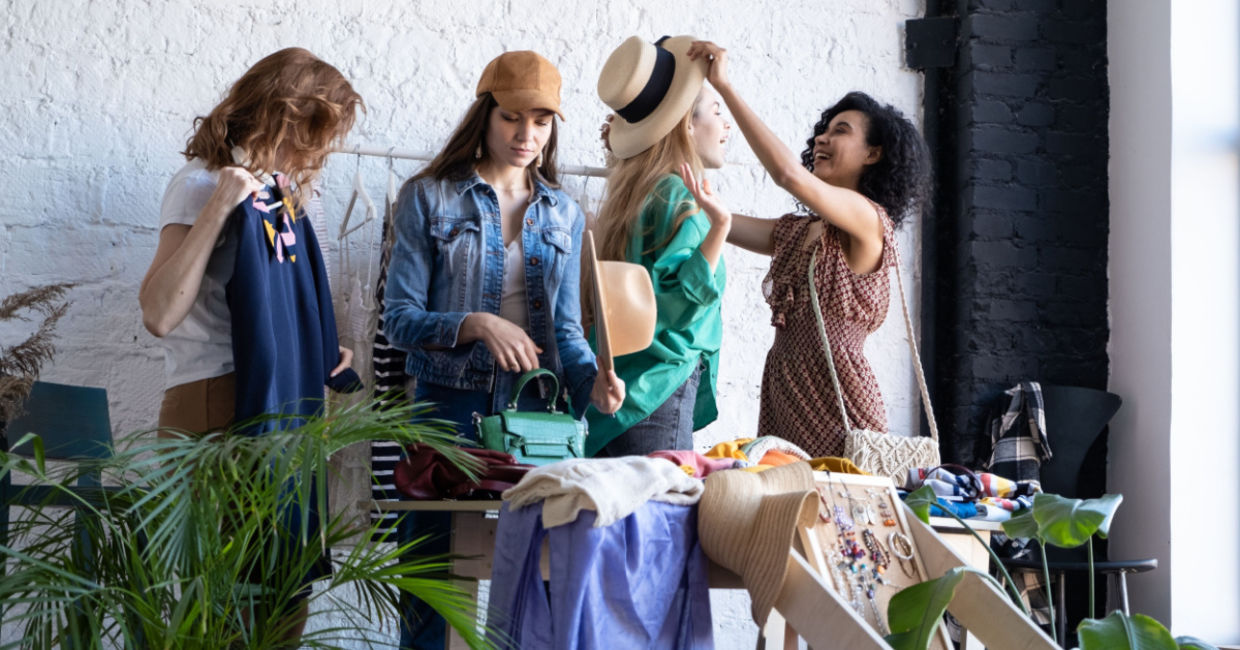
(Fotoksa / Shutterstock.com)
When it comes to clothing, especially for children, why buy new? That’s exactly what one Australian mom in Toowoomba recently asked herself. She realized that there was a need in her community for pre-owned clothing and set out to start a community clothing exchange, according to ABC News.
It took Alison Howes six months to get the clothing swap that is operated in her home up and running, but she told ABC that it was worth it. “It's really growing in popularity because the cost of living is getting very high and we need options like this,” she said.
How does the clothing exchange work?
Howe’s clothing exchange works on a very simple basis. People receive credit for bringing in clothing they no longer use and the credit can be used to purchase other clothing.
“[Parents] are absolutely loving it — lots of oohs and ahhs and looking at all the cute little outfits for the kids,” Howe said.
While clothing exchanges are not new, there is increased popularity due to social media. Parents see the exchanges as a cost-cutting measure, especially for baby clothing which is outgrown so quickly.
“I like the fact that you can come in and exchange the small baby sizes for larger sizes when your kids grow,” said Cassandra Layton, a mother of two young children. “It just saves having to continuously buy items that aren't going to get used again.”
Other clothing exchanges or swaps charge a small entrance fee. Stitched Up Clothes in the UK, has an entry cost of £5 and each person can bring 10 items to exchange. That’s a fraction of the cost of buying new.
Going green
Besides saving money, clothing exchanges are also good for the environment. Over 15 British tonnes of unwanted clothing and textiles are dumped into landfills in Australia every year, according to WellBeing. Only seven percent gets recycled so reusing clothing can cut down on the waste.
The advent of fast fashion means that people can purchase more clothing that doesn’t last as long as it used to. In fact, consumers are purchasing 60 percent more clothing than they did 15 years ago but only keeping the clothing for half as long.
Extending the life of clothing by just nine months, according to a resource guide on wrap, reduces carbon emissions, water, and waste by 20 percent.
While there are no assurances that the clothing you swap were ethically made, WellBeing explained, giving pre-worn clothing a second chance will extend the life of the textile and that is what clothing exchanges are all about.
YOU MIGHT ALSO LIKE:
5 Hacks to Give Clothing a Second Chance
Repurposing Clothes is a New Fashion Trend!
This Platform Allows Users to Swap Used items







